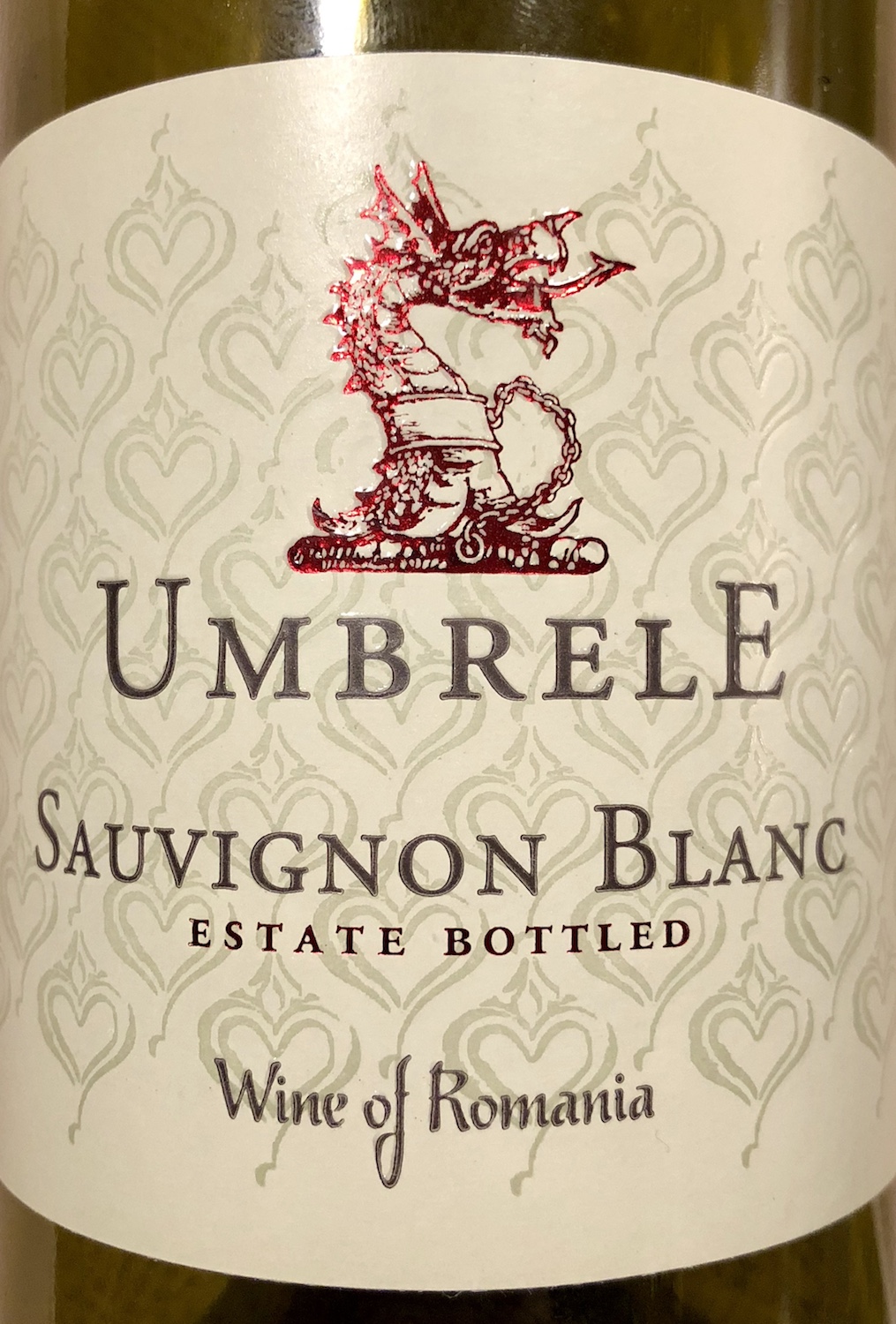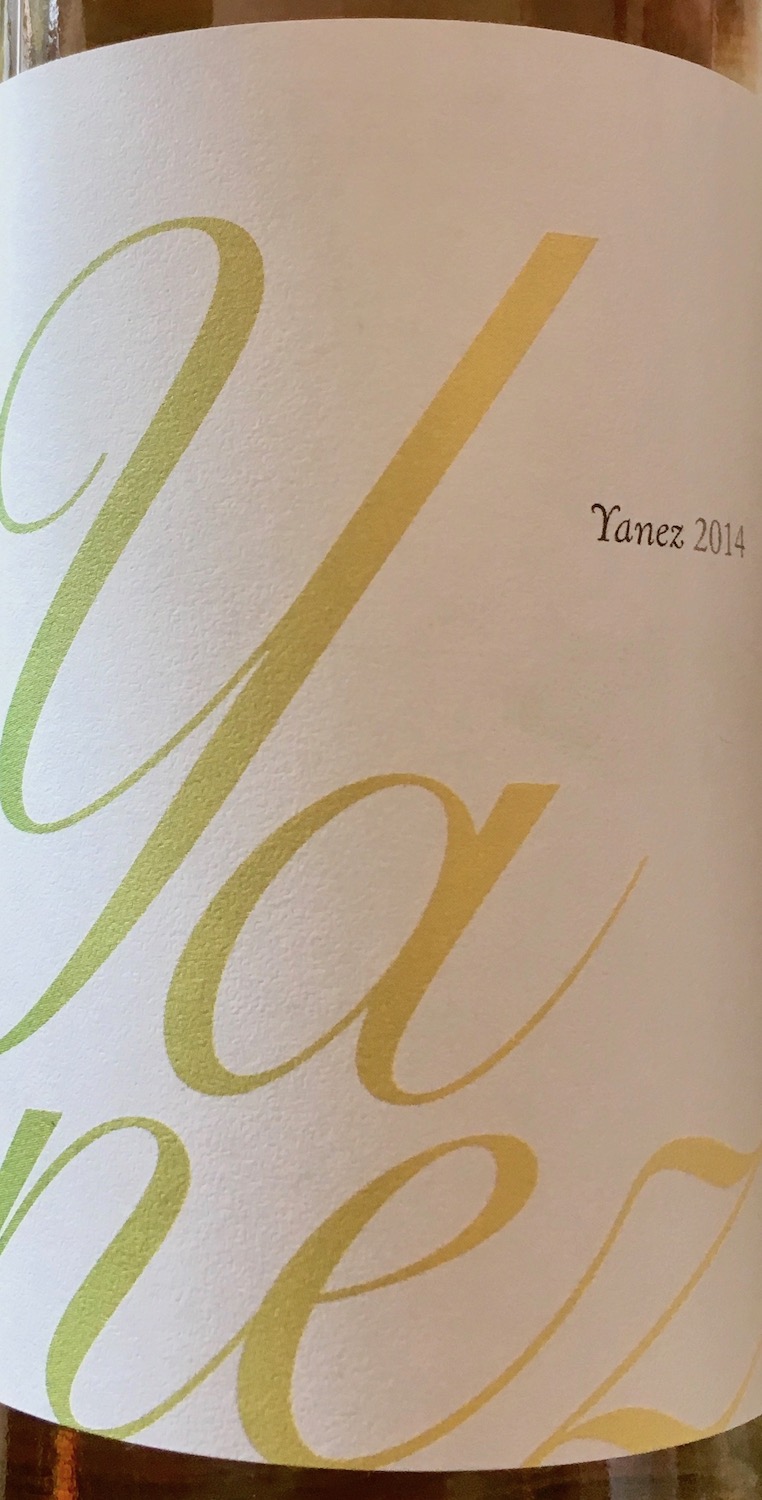February 18 is National Drink Wine Day, dubbed "Global Drink Wine Day" by our friend Casey at Travelling Corkscrew in Australia. Hers is branding we can get behind. We'll be drinking wine in Madrid, Spain the day of (this Sunday), and in further celebration of this as a global event, we've decided to take a look at wines from countries that are a bit off the beaten path for the typical wine drinker. Romania, Slovenia, Armenia, Bulgaria, and Croatia each get a look here.
The world through wine is a wonderful place, where unexpected goodies abound in places you'd least expect. These, for the most part, come from a stretch of land between the Adriatic and Caspian Seas. We could not narrow it to the Balkans alone had we not included the bottle from Armenia. One could theoretically walk from wine region to every other had we not omitted Hungary and Turkey (both of produce unique wine of their own). So… we're somewhat geographically compact here. These wines, regions, and grapes are really worth your time to learn.
2016 Umbrele Sauvignon Blanc Calusaki (Romania)
A really lovely wine, and incidentally one of the only good bottles to come out of our ill-fated experiment with the American Cellars Wine Club, the Umbrele Sauvignon Blanc hails from Romania in Europe's Balkan region with a coastline on the western edge of the Black Sea. I've always been quite intrigued by Romania, who shares northwestern a border with Hungary, a country known for its delightfully floral white wines. Moldova, to Romania's northeast, incidentally makes some great little sleeper wines such as the $10ish Albastrele White Cab Sauv. Bottom line is that this region can really produce when it comes to great wines you've not tried. But I digress… the Sauv Blanc is very pale straw in the glass with a very slight pale green tint. The nose offers up very faint cantaloupe and lemon zest, but is otherwise fairly subdued. You'll find gardenia, ridiculously fresh fruit, lush melon, and coconut on the palate… but barely a hint of the grassiness for which Sauv Blanc in much of the rest of the world is known. Very smooth.
2014 Dveri Pax Janez (Slovenia)
There's really interesting history wrapped up in the Dveri-Pax Winery. Billing itself as "a modern winery where wine is produced since 1139", the winery was in fact established by monks in the twelfth century. Its location within the borders of the Austrian Empire in what is now northern Slovenia was far more favorable to wine production through the centuries than what would have been if located to the south in the Ottoman Empire. This particular white wine is a blend of 40% Furmint, 40% Pinot Gris, and 20% Riesling fermented in stainless steel. A somewhat grassy nose gives way to a smooth mouthfeel and a little bit of spice throughout. It's a fresh pairing to a variety of starches and fish.
2014 Karas Red Blend (Armenia)
This is an interesting wine before you even open the bottle. Karas is made in Armenia, a small nation in the South Caucuses region, landlocked about equidistant between the Black and Caspian Seas, sharing borders with Georgia, Azerbaijan, Iran, and Turkey, and formerly a part of the Soviet Union. The winery itself sits within sight of Mount Ararat (of Noah and his Ark fame), about 30 miles west from Yerevan, the capital. The wine I medium garnet, medium brightness in the glass. We picked up the nose from feet away when first poured: red fruit, baking spice, vanilla, jammy. Syrah is the major grape component, with a little Petit Verdot delivering a grassier organic nose. It runs a little alcoholic hot, with further notes of cranberry sauce and stewed fruit. There's a lot of flavor up front, but is otherwise well balanced with nice fruit texture, just the right amount of tannin in the back corners of the mouth, and quite juicy. The palate finishes off with espresso and a little menthol. Lovely!
2012 Bulgariana Cabernet Sauvignon Thracian Valley (Bulgaria)
Meghan and I diverged sharply in our opinions of this Cabernet Sauvignon from Bulgaria's Thracian Valley in the country's south. Bulgaria itself shares borders with Romania along most of its north, and then counter-clockwise with Serbia, Macedonia, Greece, and Turkey to its southeast before rounding out to the Black Sea. Dark and inky in color, the nose throws up rough and tumble red fruit, wood stove and -- very specifically -- peat stove. The palate is shallow skipping stone at the front (my way of saying that it sort of hops right over you without a lot of depth), and becomes incrementally more tannic in the mid-palate. This is a wine for lovers of dry wine, finishing with a sensation of hookah smoke for something a bit different.
2013 Trapan Teran Terra Mare (Croatia)
The star (and by far most expensive at $37 per bottle) of the lineup, Trapan is a dark and inky red made from 100% Teran grapes native to Croatia. Produced in Istria -- that upside down triangle peninsula that extends due south into the northernmost part of the Adriatic Sea -- this wine gets some wine bona fides because actually comes from a place that was once part of Italy. That historical tidbit is a good reminder that changing borders over centuries can sometimes mean that a good wine from a country you'd least expect could have just as easily come from a country whose wine you already know well. Nice color, as I said, Trapan has great legs in the glass. It's dark, thick, and smoky, with very well defined cranberry on the palate.




